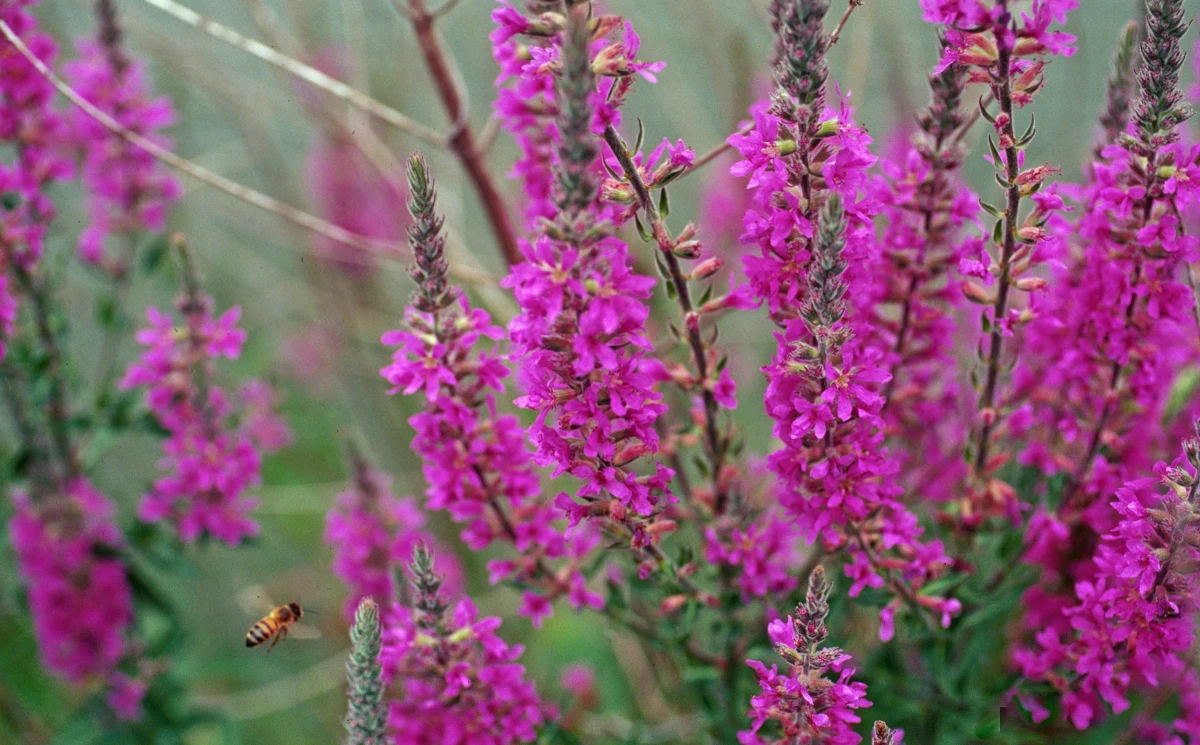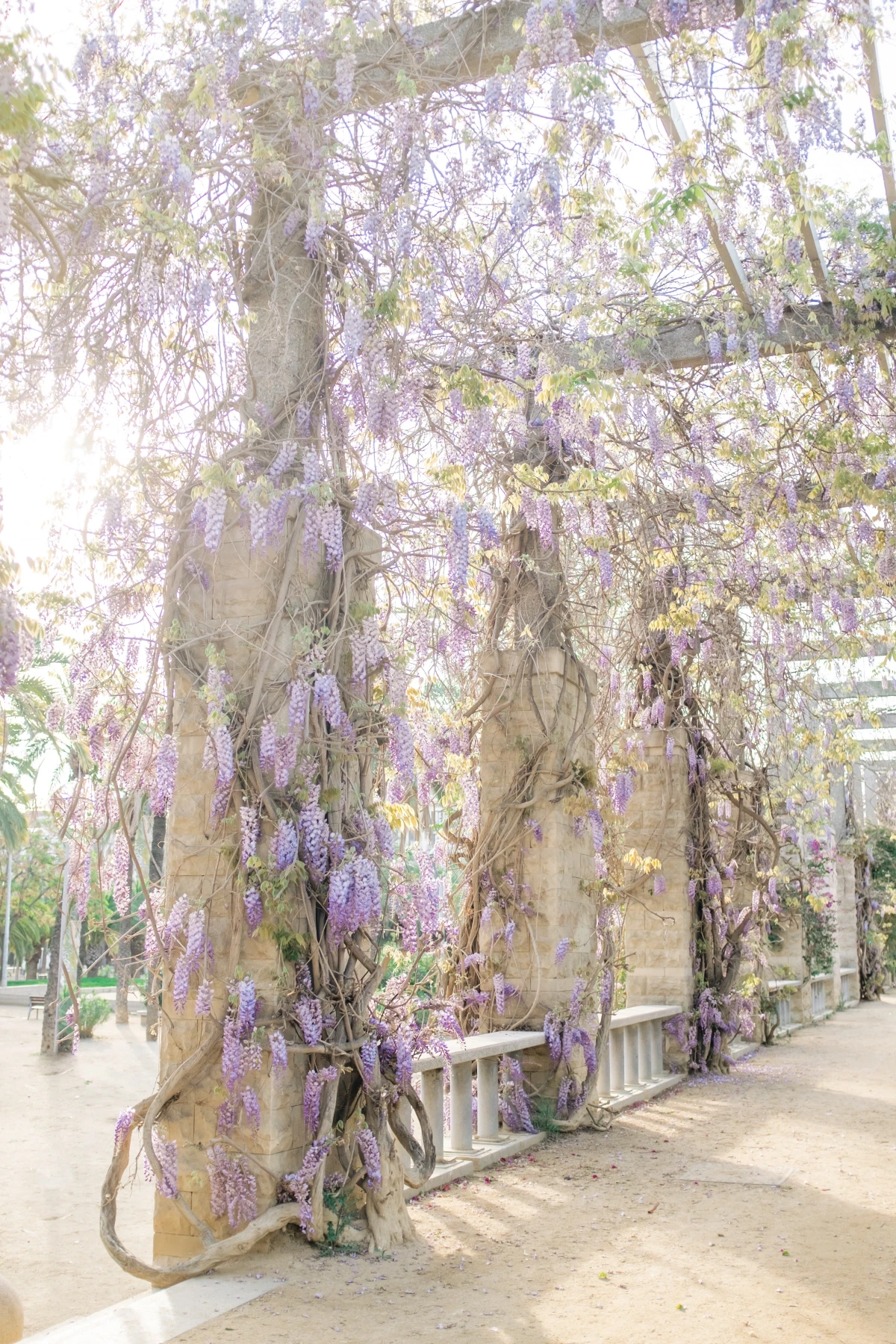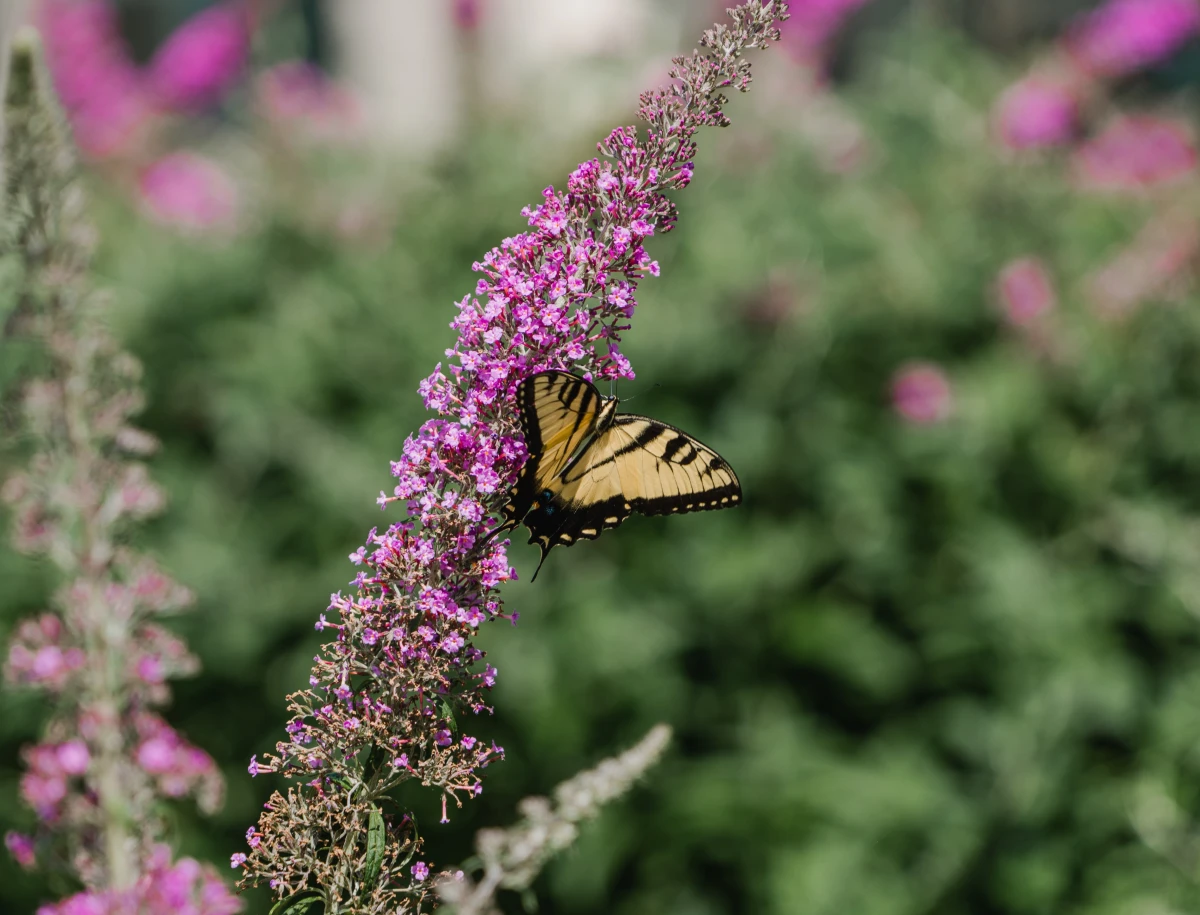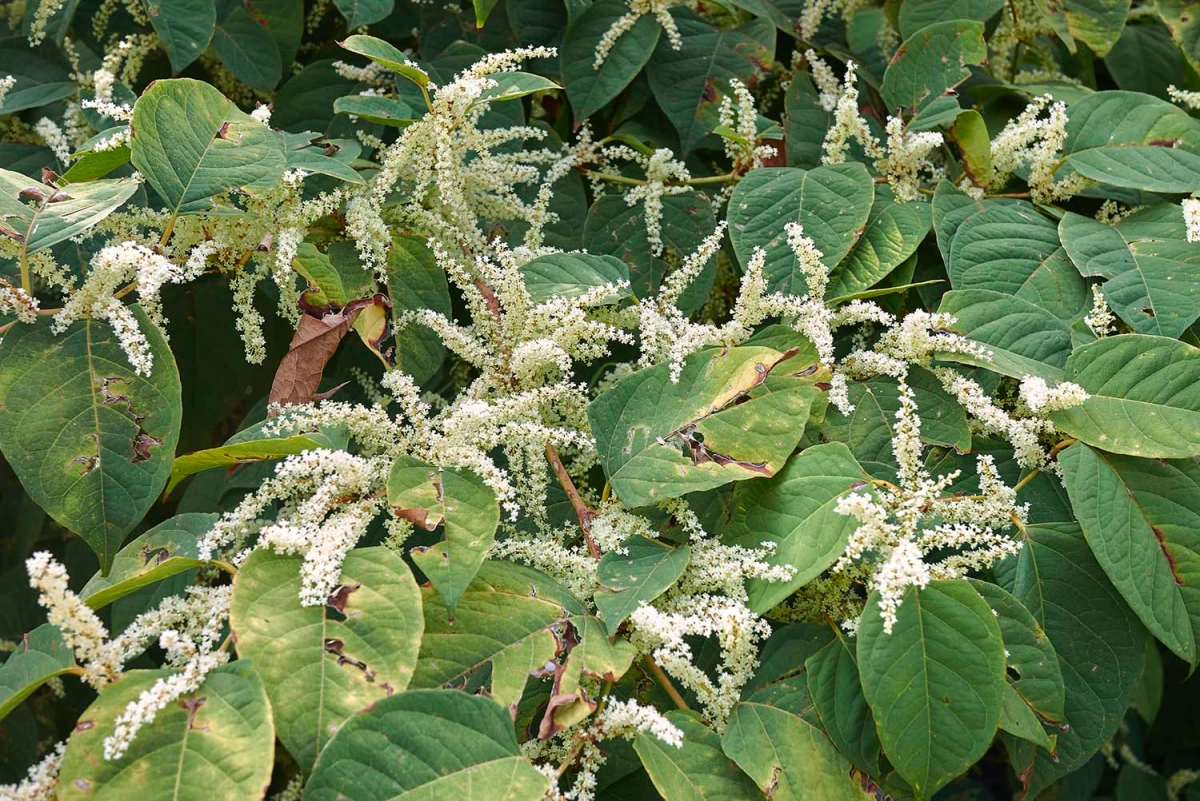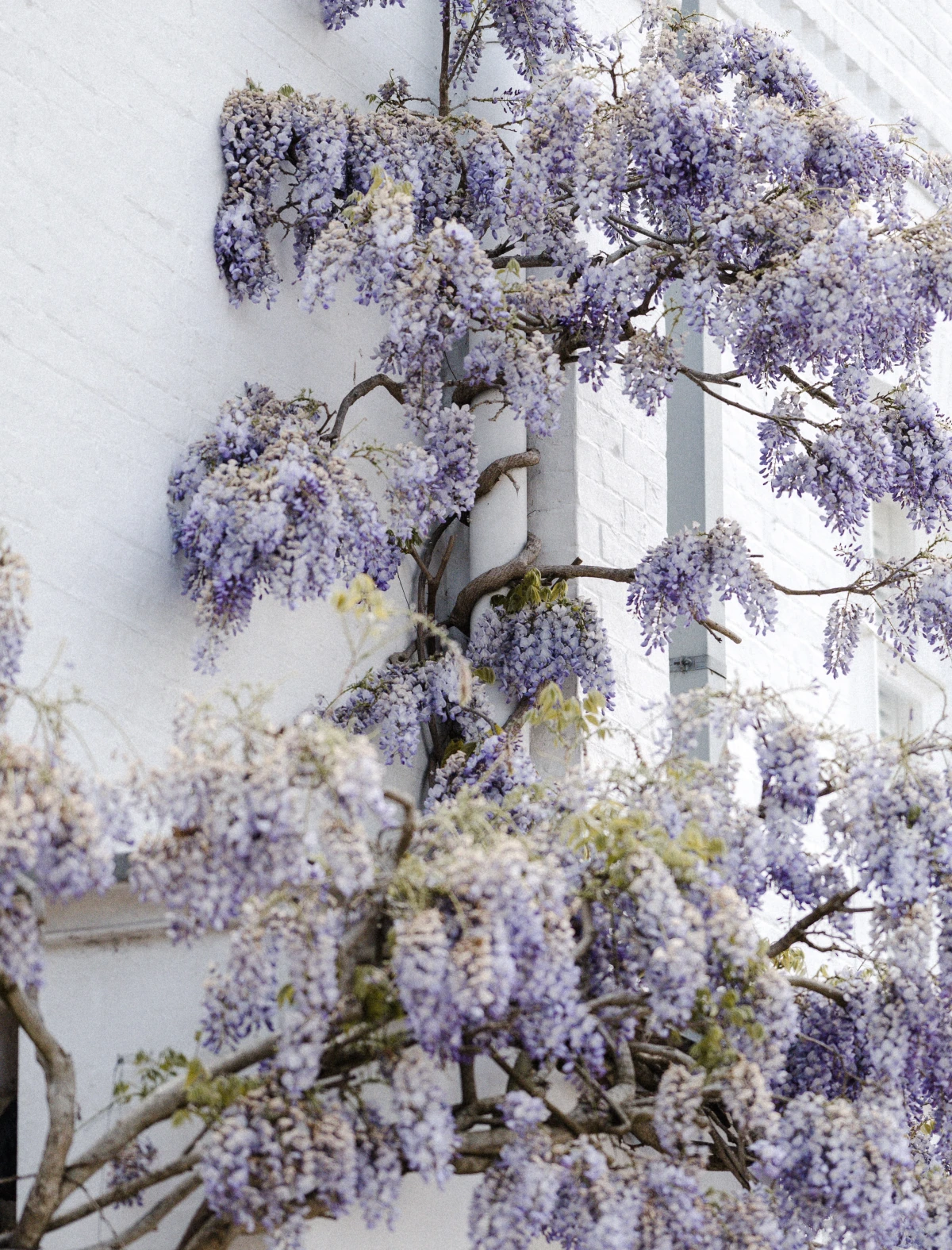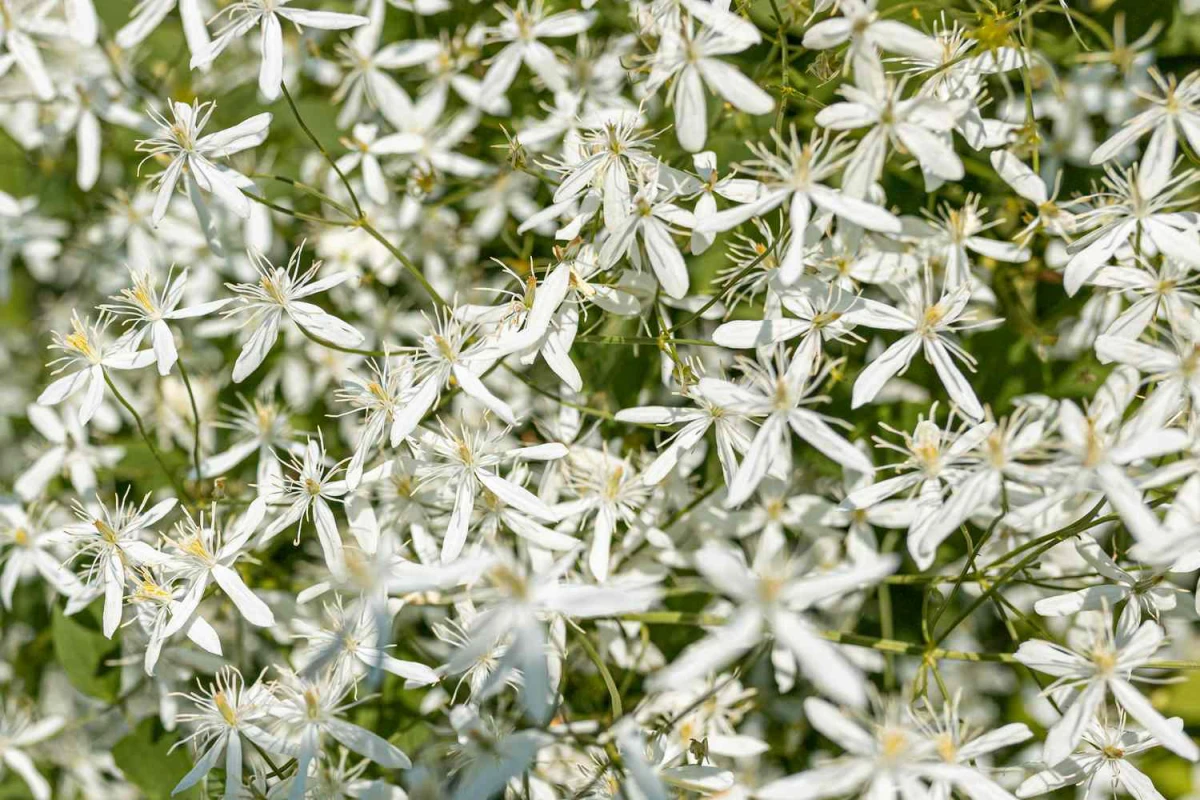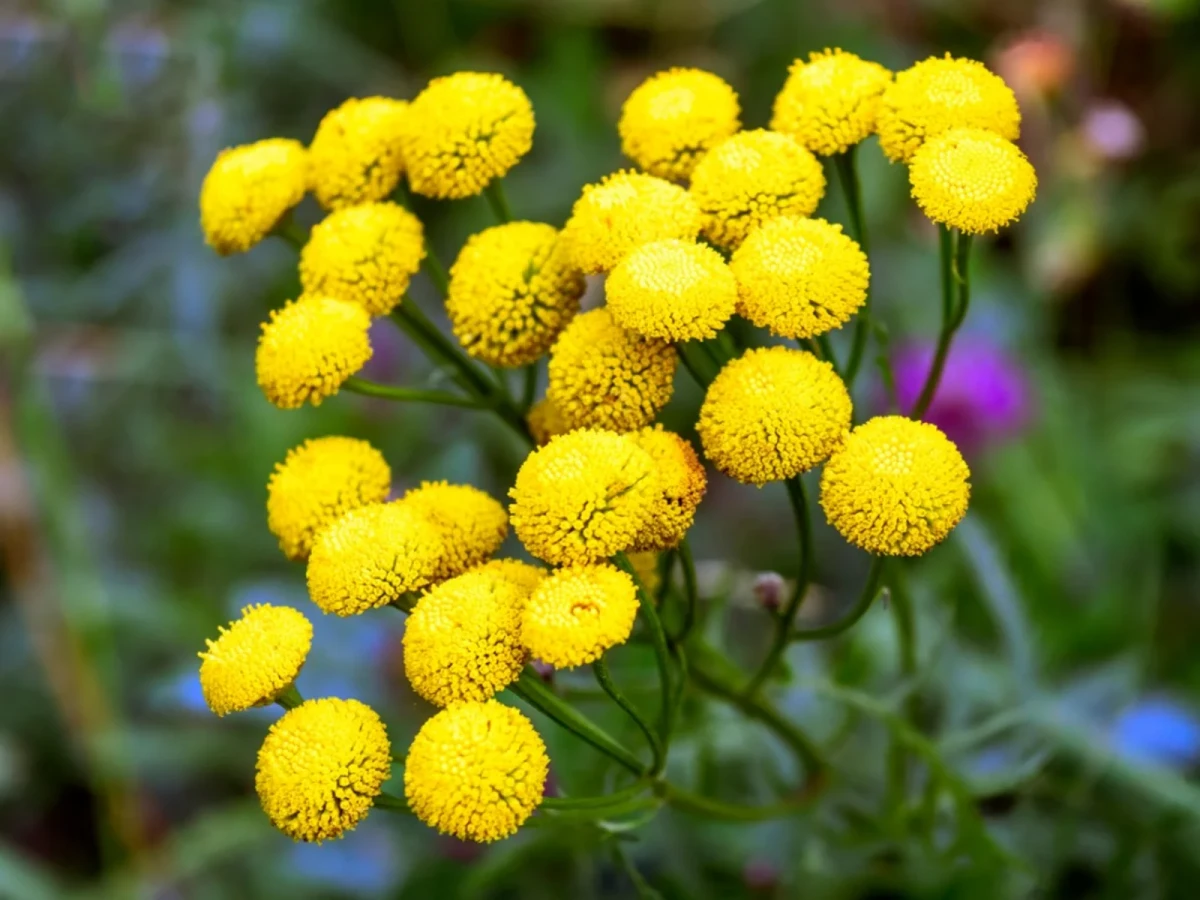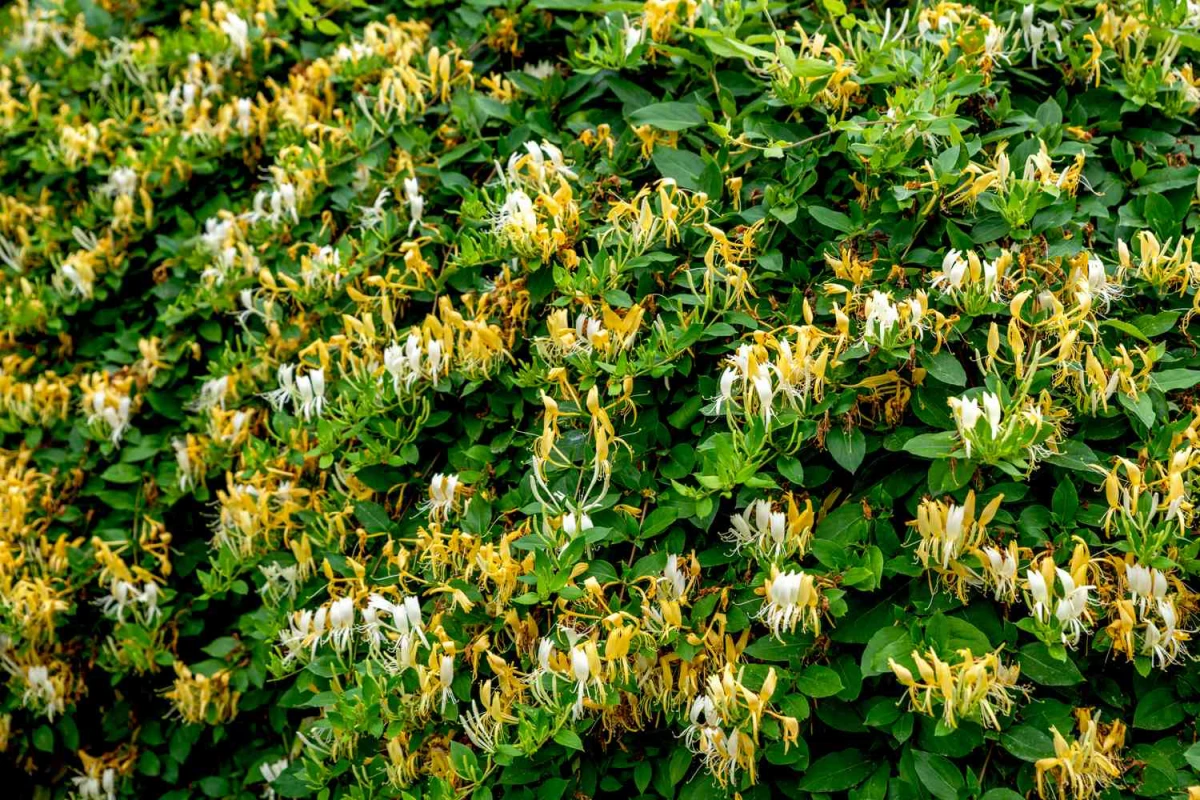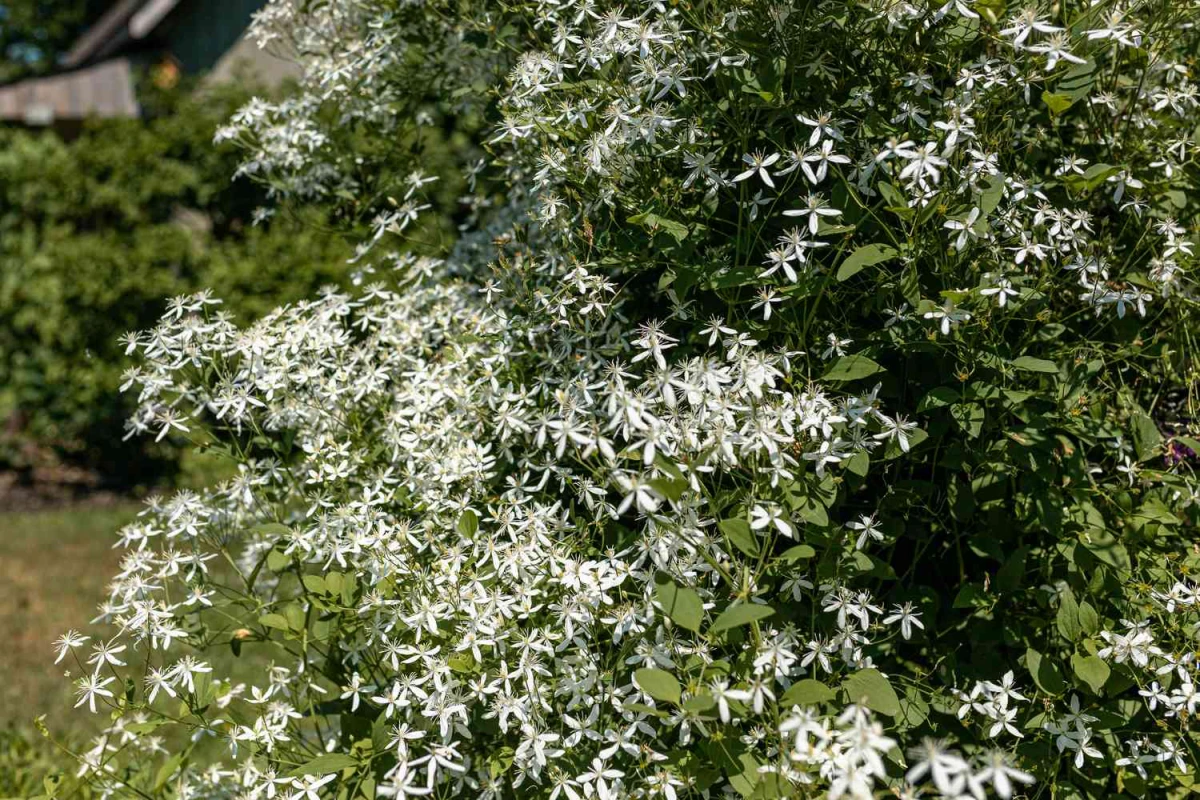Never Grow These 8 Invasive Plants In Your Garden
Don’t let their looks deceive you, these plants are not worth the trouble. They may reel you in with their bright colors, fun shapes, and alluring scent and get you right where they want ya. Once you see them you think “I would love to have this in my garden”. Everybody thinks that until they start growing and expanding their territory, slowly taking over your whole garden. That’s why they are called invasive plants. In a nutshell, such plants are defined as non-native species that are introduced to a particular region where they can spread far and wide. While they are always beautiful, nothing can stop them from escaping the confines you set for them and wreak havoc on the natural ecosystem. That’s why we are here to warn you before you let one of these plants fool you. So, here are some invasive species it’s best to avoid growing in your garden.
Invasive plants are non-native species that like to spread far and wide
Don’t let their looks deceive you, these plants are not worth the trouble
In this article
Invasive Plants To Avoid
Invasive plants are a sort of eco terrorist. Once they have lured you in with their beauty and get settled into their new location, they start to cause harm to the local ecosystem by outcompeting the native plants and decreasing the biodiversity significantly. They just can’t stop themselves, it’s in their nature. Invasive plants grow fast, reproduce quick, and can adapt to a variety of conditions and climates. So, make sure you don’t make the mistake of bringing them into your garden. Here are some species you should best leave at the shop.
Invasive plants are a sort of eco terrorist
#Butterfly Bush
Originating from Japan and China, the Butterfly Bush has fragrant, beautiful panicles with densely clustered flowers of purple. And the amazing ability to disperse itself pretty much anywhere. It has been able to escape cultivation by self-seeding and spreading itself by wind quite aggressively. This shrub does provide plenty of nectar for pollinators (like bees), but is at the same it is quite detrimental to butterflies, more specifically caterpillars. But grown butterflies can feed on its nectar.
The Butterfly Bush has fragrant, beautiful panicles with densely clustered flowers of purple
#Japanese Knotweed
Oh, Lord. The Japanese Knotweed is a real menace. It’s so problematic that once it’s starting invading, it’s best to seek professional help if you want to have a chance at eradicating it. This plant loves to form dense colonies along river banks, buildings, railways, roadsides, gardens, and pretty much any place it can get to, really. Once spring arrives this plant starts to produce roots up to ten feet deep and starts to quickly mature into an erect, green bamboo-like stems that have red speckles and beautiful heart-shaped leaves. Then, once summer rolls around it’s bedazzled in clusters of stunning white flowers. Sounds pretty, but it’s a pain and nearly impossible to maintain. While it doesn’t produce any seeds, it as no problem spreading by tiny pieces of root.
The Japanese Knotweed is a real menace
#Chinese Wisteria
The Wisteria sinensis or better known as Chinese Wisteria really takes your breath away. It has gorgeous woody vines that get covered in clusters of beautiful drooping blooms in colors of bluish purple during springtime. Anyone who glances at it is ready to take it home. However, this is a big mistake. While it does look amazing climbing up walls, arches, and other structures, its vines quickly become way too heavy and massive for its original placement. Once that happens the vines start to make their way into any crack and crevices they can find. You can have Wisteria at home, but you need to be very serious about regular pruning and maintenance.
It has gorgeous woody vines that get covered in clusters of beautiful drooping blooms
#English Ivy
If you’ve ever wondered why you see English Ivy everywhere, the reason is because it is very invasive. While it is amazing at crowding out weeds in certain areas of your landscape thanks to its vigorous and attractive ground cover, that’s also its biggest problem. English Ivy is way too vigorous, and it quickly gets out of hand. This plant has earned itself one of the first positions on the list of worst invasive plants on the planet. It escapes its ground very easily and starts taking over surrounding trees, ground, homes, fences, and pretty much anything it can get its vines onto.
English Ivy is way too vigorous, and it quickly gets out of hand
#Sweet Autumn Clematis
Oh, the Sweet Autumn Clematis. It’s so beautiful. With small white flowers that lure you in, this sweet-smelling plant is nearly irresistible. However, that’s pretty much where all of its benefits end. There are two types of sweet autumn clematis being sold – paniculata and terniflora. You need to watch out for Clematis terniflora as it is more invasive and will vine its way tough your whole garden getting rid of any species in its way.
With small white flowers that lure you in, this sweet-smelling plant is nearly irresistible
#Burning Bush
Known by many names – burning bush, winged euonymus, euonymus alatus – this bush is a spreading shrub with leaves that turn into a beautiful, vibrant red hue during autumn with reddish-orange berries accompanying its foliage. This bush has established itself in forests, fields, roadsides, and gardens where it manages to crowd out the native plants. It’s a real menace. The Burning Bush manages to spread really far thanks to birds and other wildlife creatures helping to disperse its seeds from eating its berries.
This bush is a spreading shrub with leaves that turn into a beautiful, vibrant red hue
#Tansy
The Tansy is considered a herb, but it is still a harmful invasive plant. The tansy has been used for centuries to treat a variety of health conditions – migraines, stomach problems, joint pain, etc. However, this herb is also considered toxic and should not be used lightly. But its toxic nature isn’t the only thing to worry about with this herb. The Tansy is super invasive and can quickly take over your garden. It spreads through bought seeds and rhizomes, which means it can get to pretty much every corner.
The Tansy is considered a herb, but it is still a harmful plant
#Japanese Honeysuckle
The Lonicera japonica is a beautiful, aromatic specimen that quickly turns from a delight to an enemy. The Japanese Honeysuckle grows very fast and vigorously. It’s twining vines have sweet-smelling yellow flowers that bloom from June to October, and it can grow up to thirty feet! If you decided to plant in the garden, you should be very careful and make sure to cut it back aggressively in order to keep it in place. If you don’t this plant will start vining on everything from trees to bushes, which it can kill by its weight or by girdling them with strong vines.
The Lonicera japonica is a beautiful, aromatic specimen
These were the peskiest invasive plants to avoid growing in your garden. We hope you found this article useful. Now you know to avoid these plants, so they won’t be able to take over your whole garden.
These were the peskiest invasive plants to avoid growing in your garden
Related Articles
- How To Prepare Your Garden For Spring (5 Easy Steps)
- Get Rid of Mold on Houseplant Soil – 5 Effective Methods
- The Most Interesting Garden Trends To Expect in 2023
- 4 Houseplant Mistakes You Need To Avoid in 2023 (for healthy plants)
- Best Kitchen Plants – 7 Houseplants That Will Thrive
Sources:

